During the last two years I've built a few projects involving phone chargers. Same time I had some problems with my own phone charger and chargers I ordered from Ebay. All in all, I've learned a lot about chargers and phone batteries and would like to write it all in a short post.
Your smart-phone battery
If you own a smartphone, most likely it has a lithium ion single cell battery. This battery usually provides voltage of 3.7V, and can have a variety of capacity measured in mAH (milliAmpere Hour).
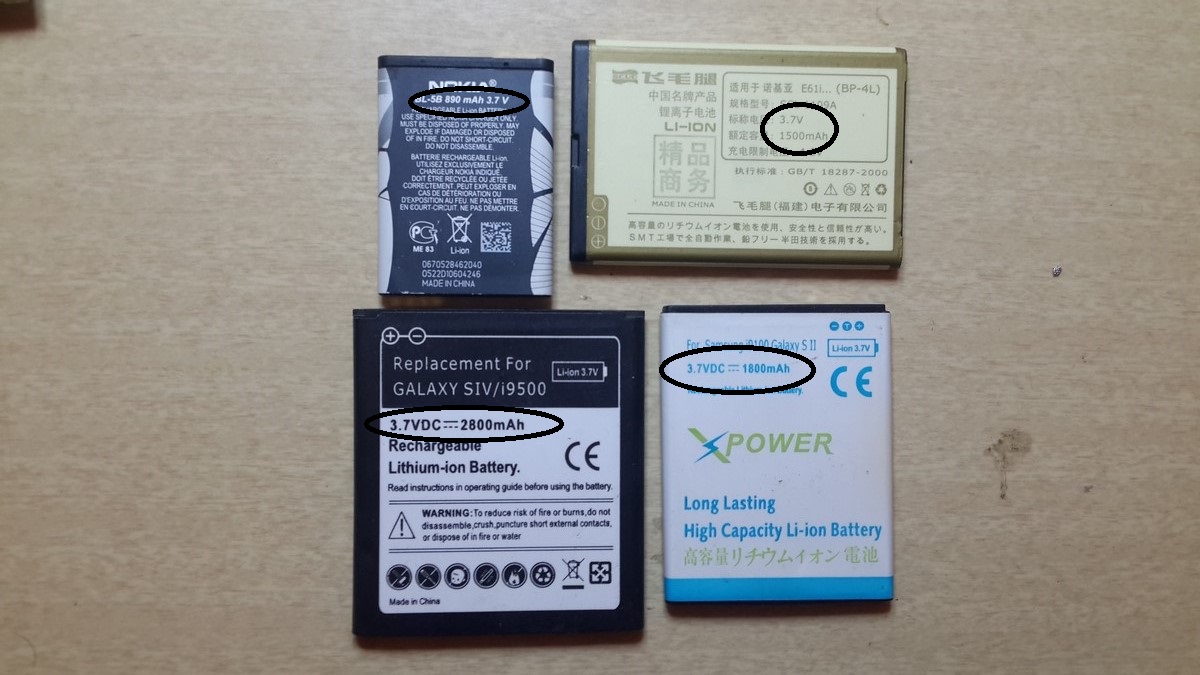
The mAH value is a the amount of charge the battery holds. Charge values are usually measured in Coulomb, when the relations between Coulomb, current and time are:
$$1\ \mathrm{C} = 1\ \mathrm{A} \cdot 1\ \mathrm{s}$$
So mAH is actually the same measure. A value of 1000 mAH or 1 AH is about 3600 Coulomb. So why are we using mAH and not Coulomb? My idea is that it just easier to explain what mAH is to the average person. For example, my Samsung galaxy S4 has a battery of 2600 mAH, which means that if the phone will use a current of 2.6A it will last for an hour. Phones usually draw much smaller amount of current and therefore their battery lasts for several hours. There are many apps which can show you the amount of current you use or the amount of current the battery gets while charging - They are not always accurate but a nice-to-have feature:
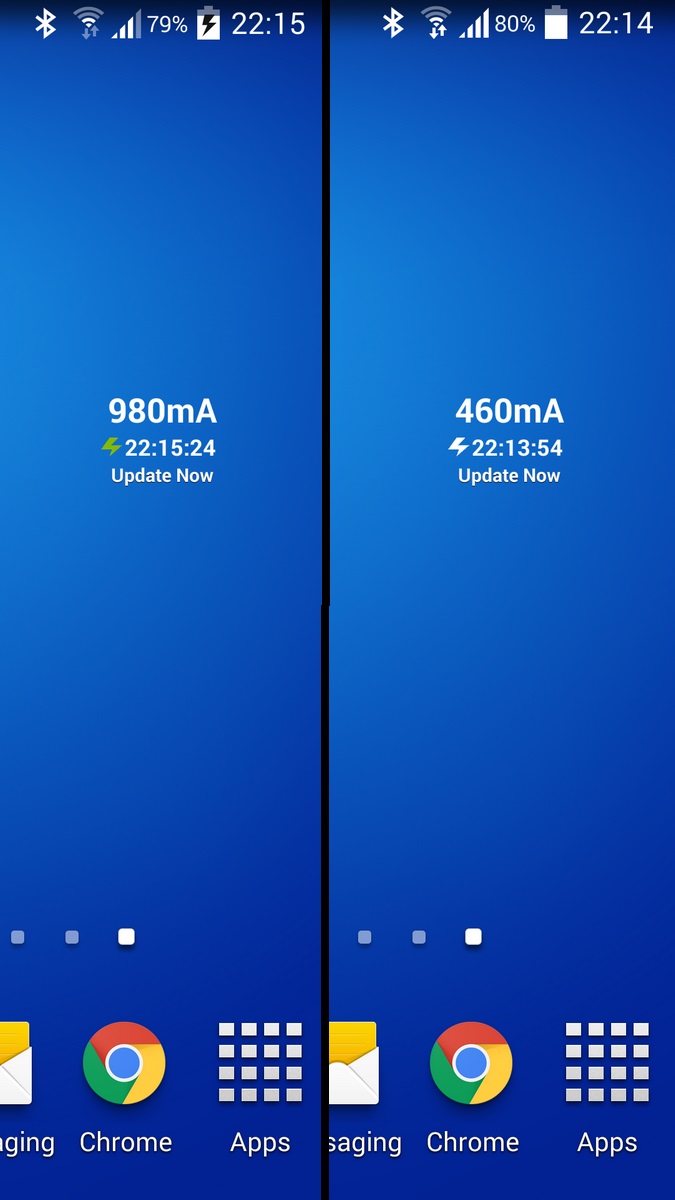
A better solution to test your equipment is a 1$ small gadget called "Dr. Battery". Using this gadget you can see the exact voltage and amperage that goes to your battery. Here's example of three different options of power supplies and USB cables:
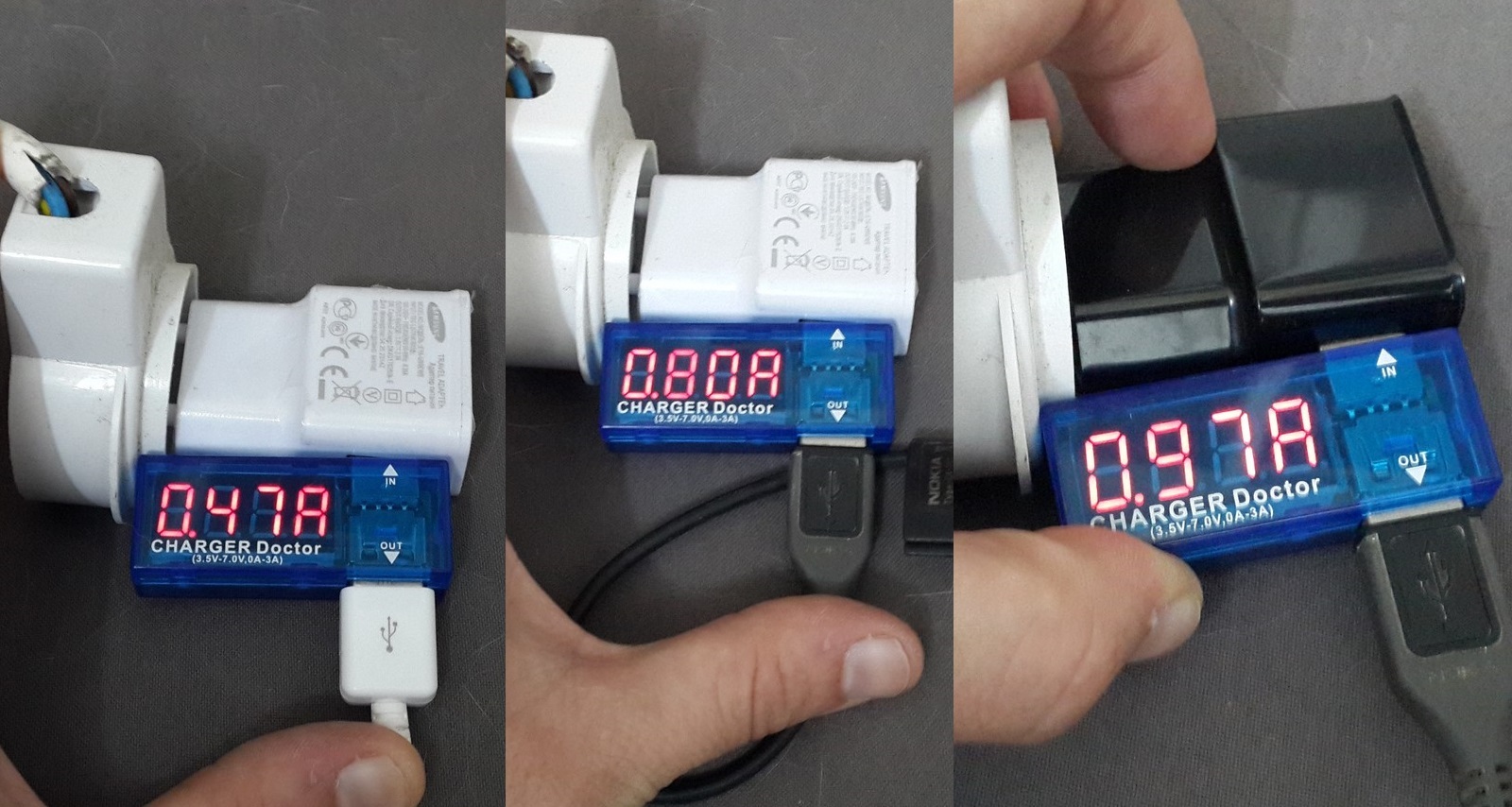
Li-ion batteries are used in smartphones because they are rechargeable and can give a lot of energy compare to their small size. The tricky part however, is to charge them. In general, in order to charge a battery a higher voltage than the battery voltage needed to be supplied, and then the current will start flow in the direction of the battery. Smartphones 3.7V batteries are always charged using a USB connection which provides 5V. While charging an Li-ion battery, a high current values can be used up to a certain point in the charge and then the current should drop slowly.
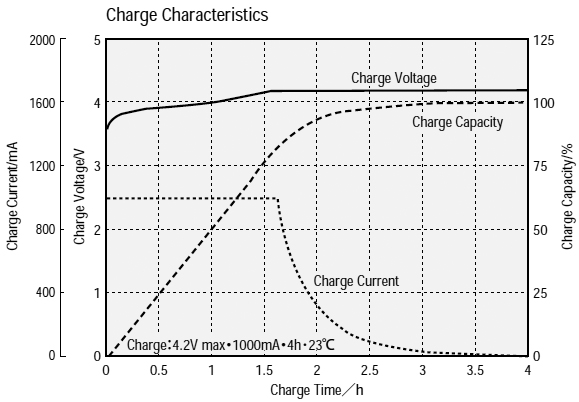
These batteries can be highly unstable and even explode if not dealt correctly. Due to this complexity, charge controllers are needed to be used in order to charge these batteries. Today, all of the smartphones batteries already have a charge controller in them which will draw the amount of current needed according to the battery situation.
The last sentence is actually summarize what I wanted to say in this section - Your smartphone has a battery which will always draw the current it needs as long as its power source provides a 5V voltage. Usually there will be a minimum current which the controller needs to start charging the battery and maximum current which the controller will never draw more than this value. The battery manufacturers suggest to take the number 'X' mAH of the battery and stay bellow 0.8*X Ampere. For example, if your battery is 2000mAH, most likely it will not be charged in more than 1600mA (1.6A).
Analyzing / Building a good charger
People usually charge their phone through the outlet using an AC/DC charger or through the computer / a power bank using a USB cable. A USB 2.0 computer socket can deliver only 500mA, while AC chargers can deliver much more. When you buy a charger it is important to check the maximum current it can deliver, it usually written on the charger itself:
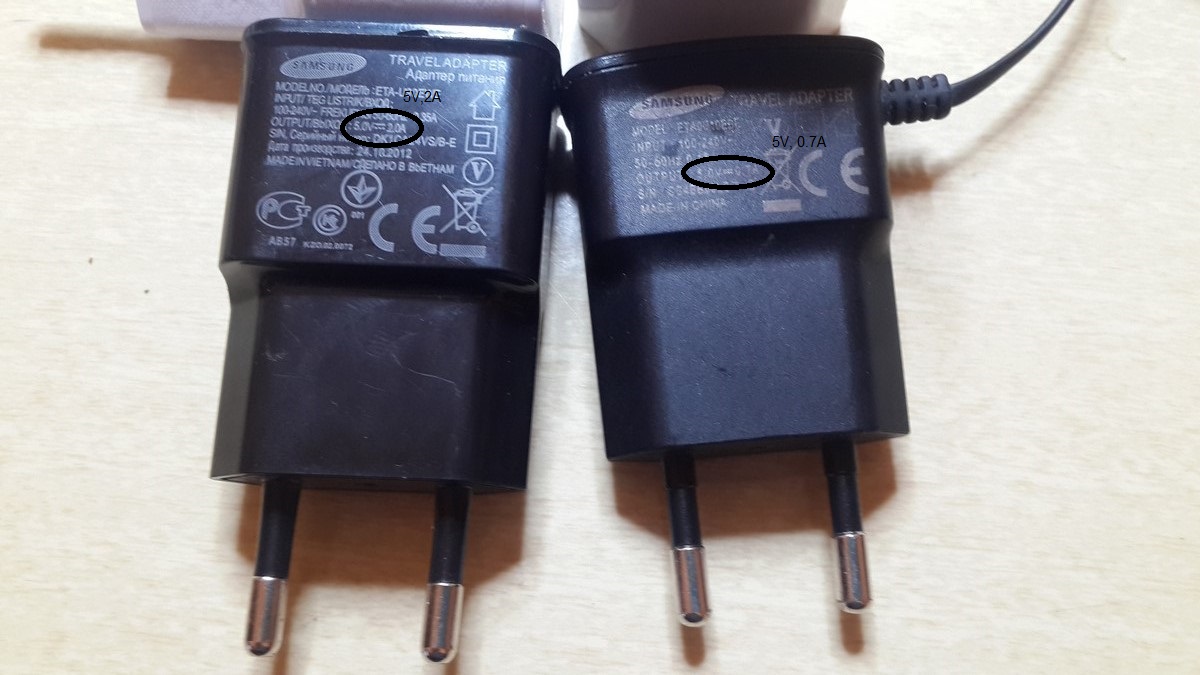
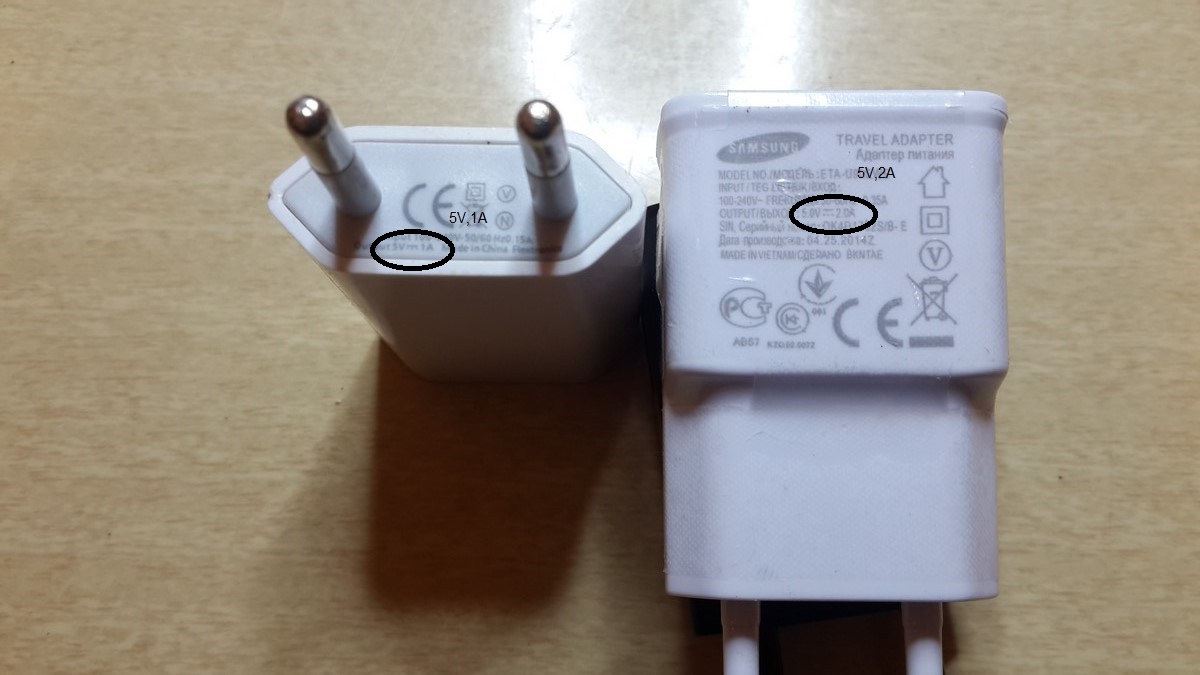
These values are not always correct, especially when you order your charger from an unknown company from ebay/AliExpress/DX, but even if they are correct they will not always charge your phone as fast as they say.
After reading the first section of this post, a question comes in mind - If the USB computer socket can deliver 0.5A and other chargers can deliver 2.0A how does the battery charge controller knows how much current to draw?
The answer is surprisingly simple, but first a small explanation about USB connectors.
The USB cable (2.0) has 4 pins, 2 pins for 5V and ground and 2 pins for data transfer:
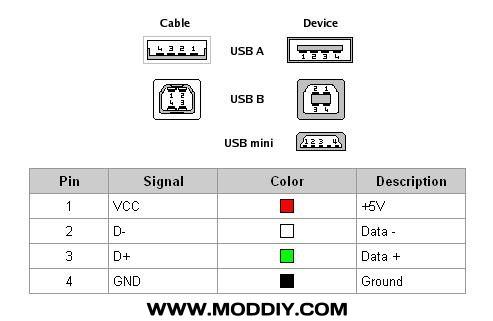
While charging a smartphone, we don't really need the two pins of the data, unless we are connected to a computer and want to handle other attributes other than charging. As a default, the battery charge controller will assume it is connected to a computer and will draw not more than 0.5A. If we want to let the controller know it is not connected to a computer we have to do something very simple - short-circuit the 2 data pins.
Let see how it looks like - If we tear down the AC chargers from before they all look pretty much alike, 220/110V to 5V electronic circle with a USB female socket:
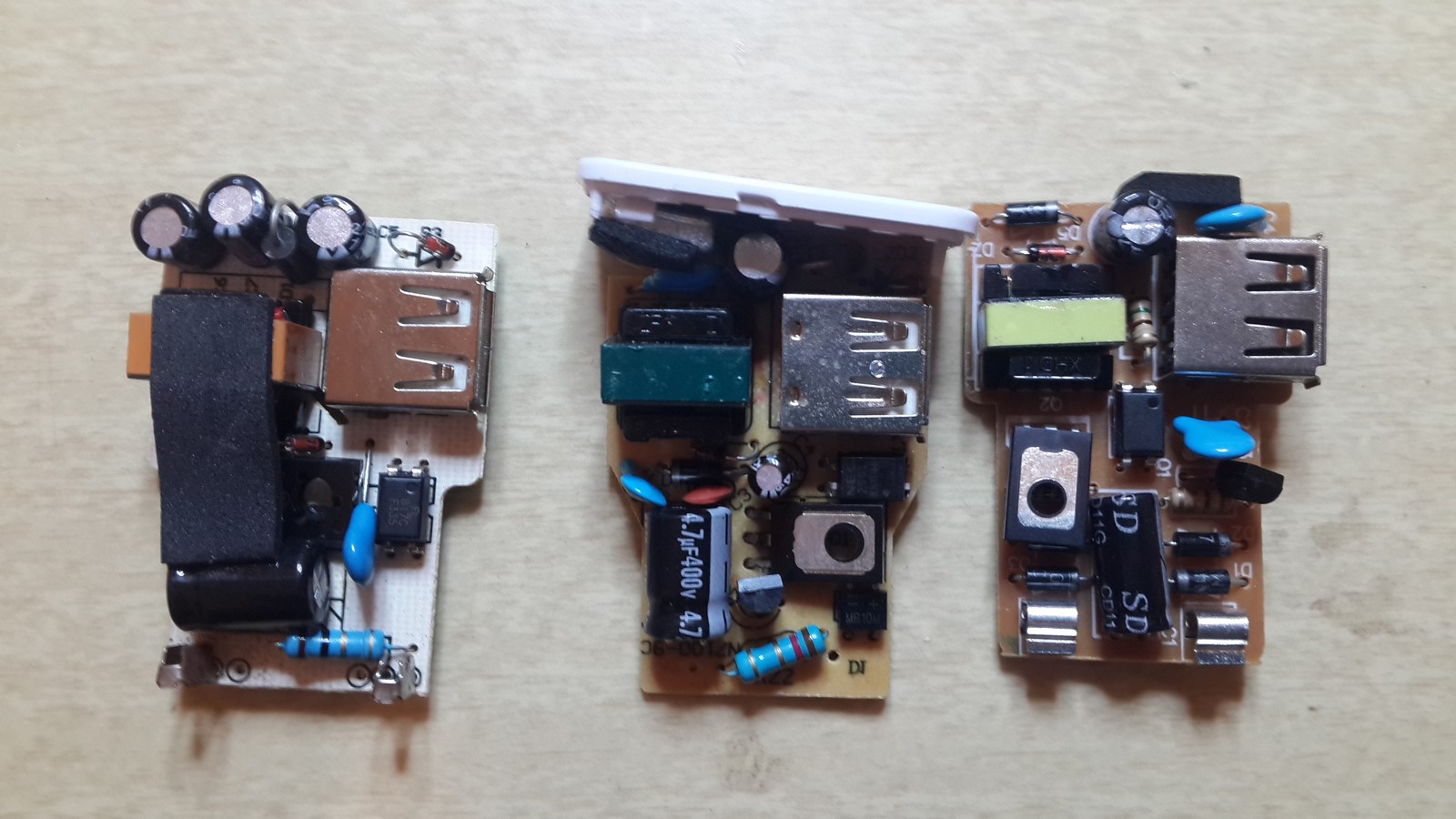
If we look on the back side we will see that all of them have the 2 data pins short-circuit, some also have resistors connected between the 5V / GND and those pins:
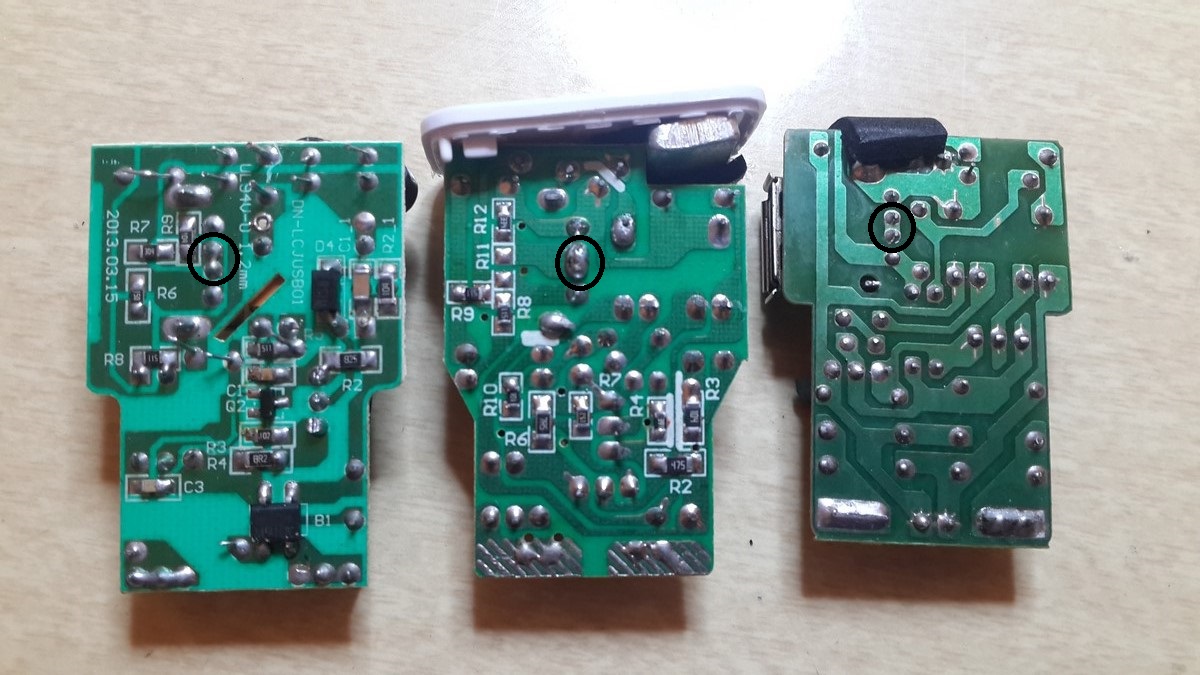
Why are the resistors? Well, some companies do not want people to get non-original chargers so their controllers looking for a certain voltage at pins 2 and 3, which can be retrieved by the resistors. From my experience some phones do not need resistors, some do. I'll add a list of the known types at the bottom of the post and will update it if I'll have new data. Anyways, if you bought an AC charger and you feel it charges very slowly this is the first thing you can check.
One more parameter need to take in consideration to get a good charger is the wires width. I ordered a lot of USB cables from ebay and many times all the above was taken care of and still the charging did not pass 0.5-0.6A. Then I opened up the cable and notice the wires are very thin:
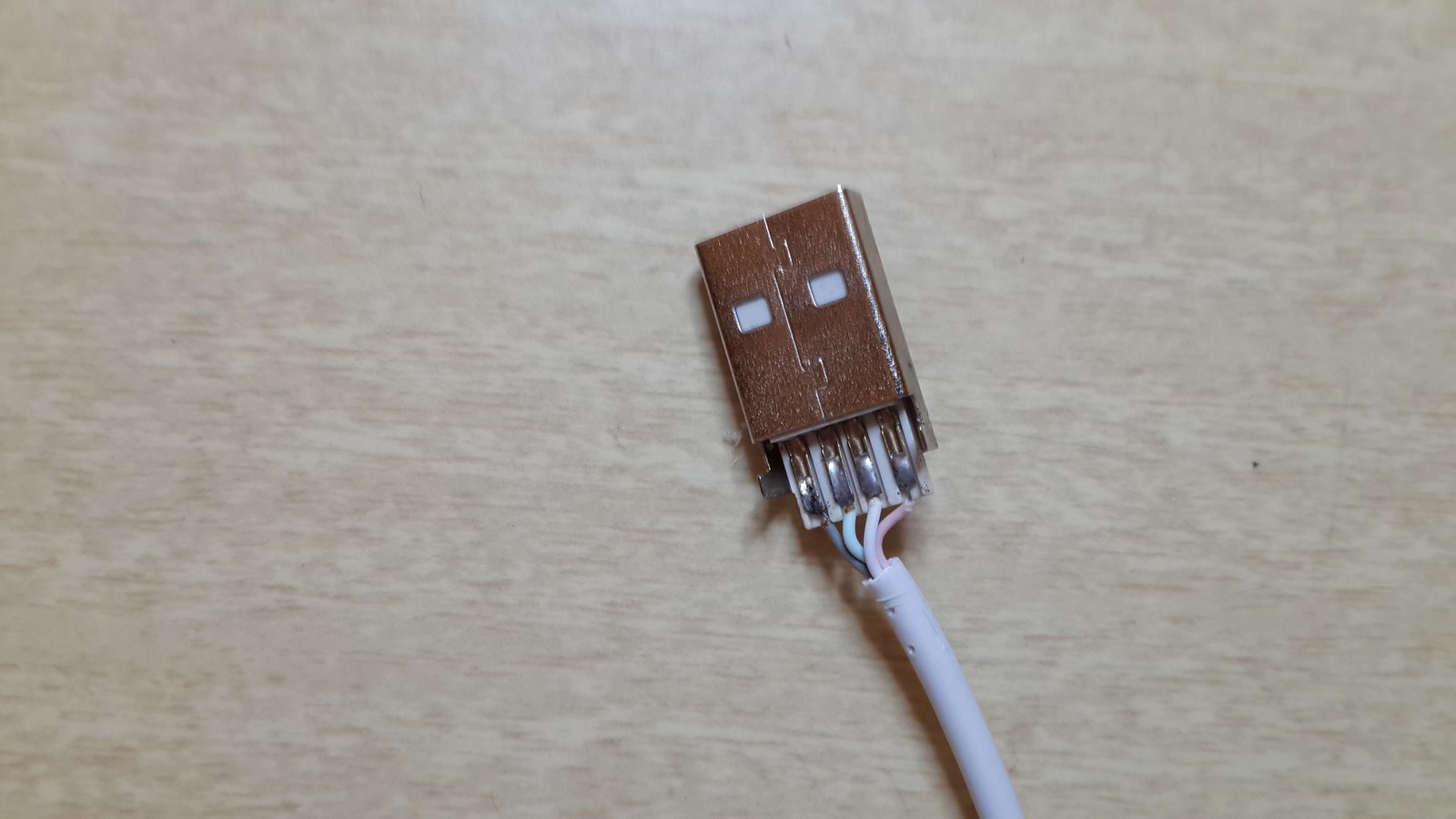
What is the right width? When you buy cables in electronics store, it width is usually defined by AWG units. When you buy an unknown company USB cable it could be that the wires' width will not give the wanted characteristics. If you just want to use leftovers you have at home, arduino jumper wires are more than enough for this cause.
To conclude, here's an example of how to reuse a bad USB cable I ordered from ebay. Let's start by taking the cable from the last picture, take off the wires and keep only the connectors.

Solder the data pins on the "micro-USB" connector (remember, we need this cable only for charging)
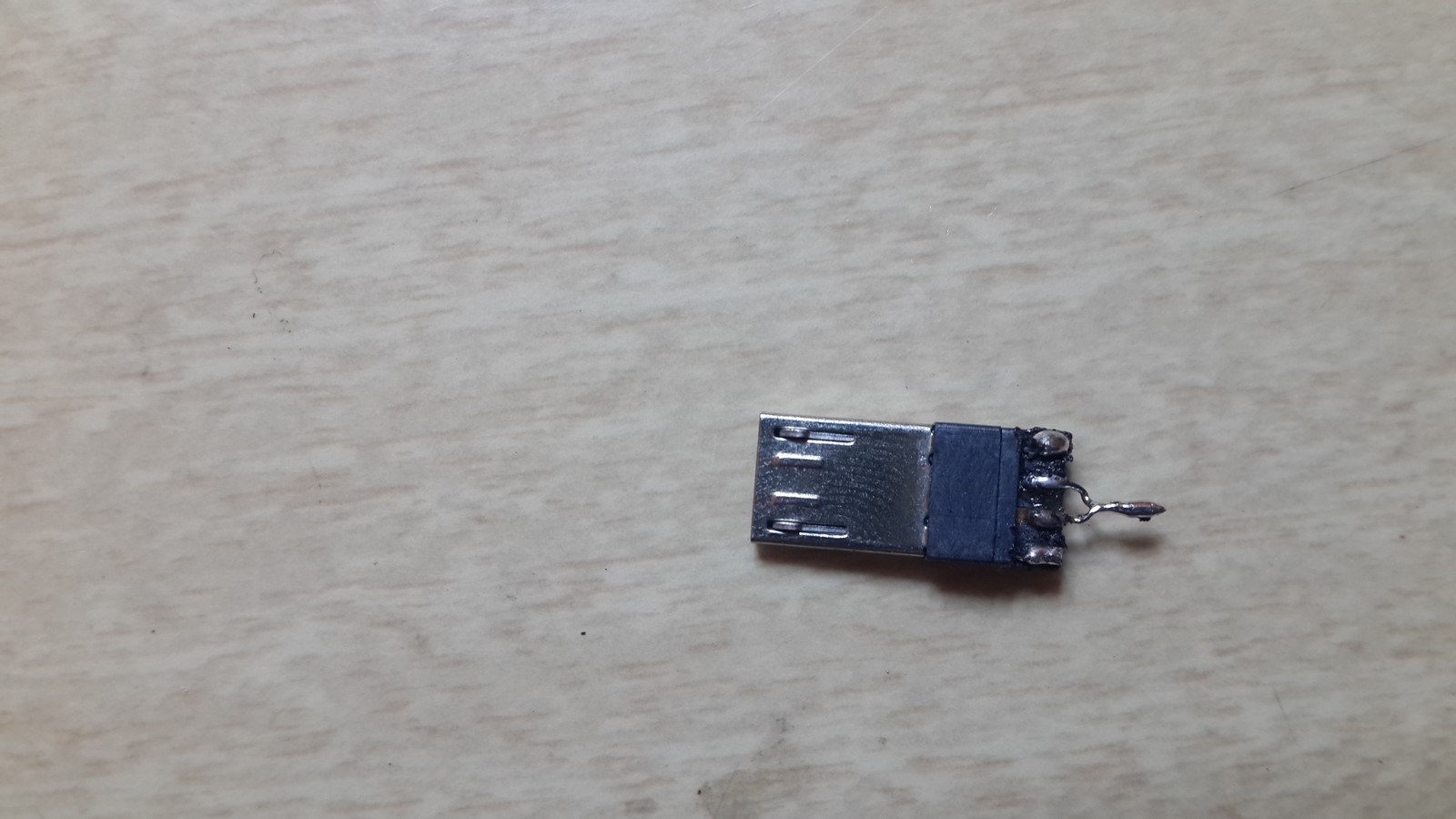
Connect the 5V and GND. Make sure you connect it to the right pins, otherwise you can damage your phone.
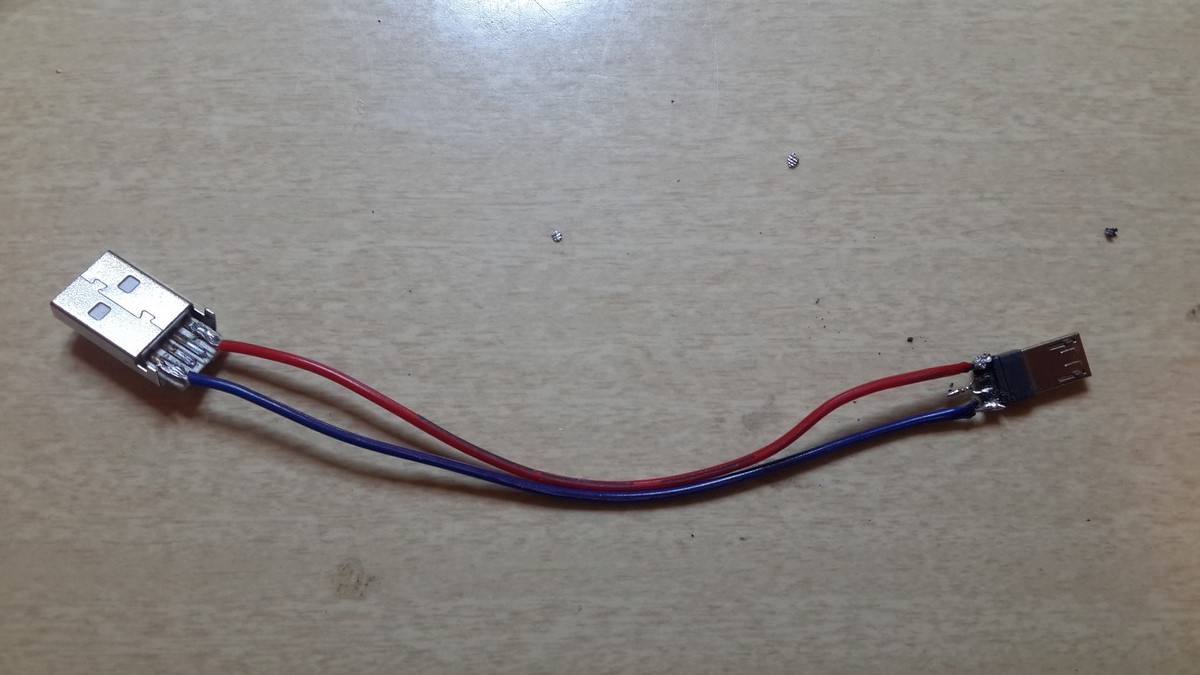
Finally, put back the plastics - and we got a cable for fast charge, assuming we have a power source which support high currents.
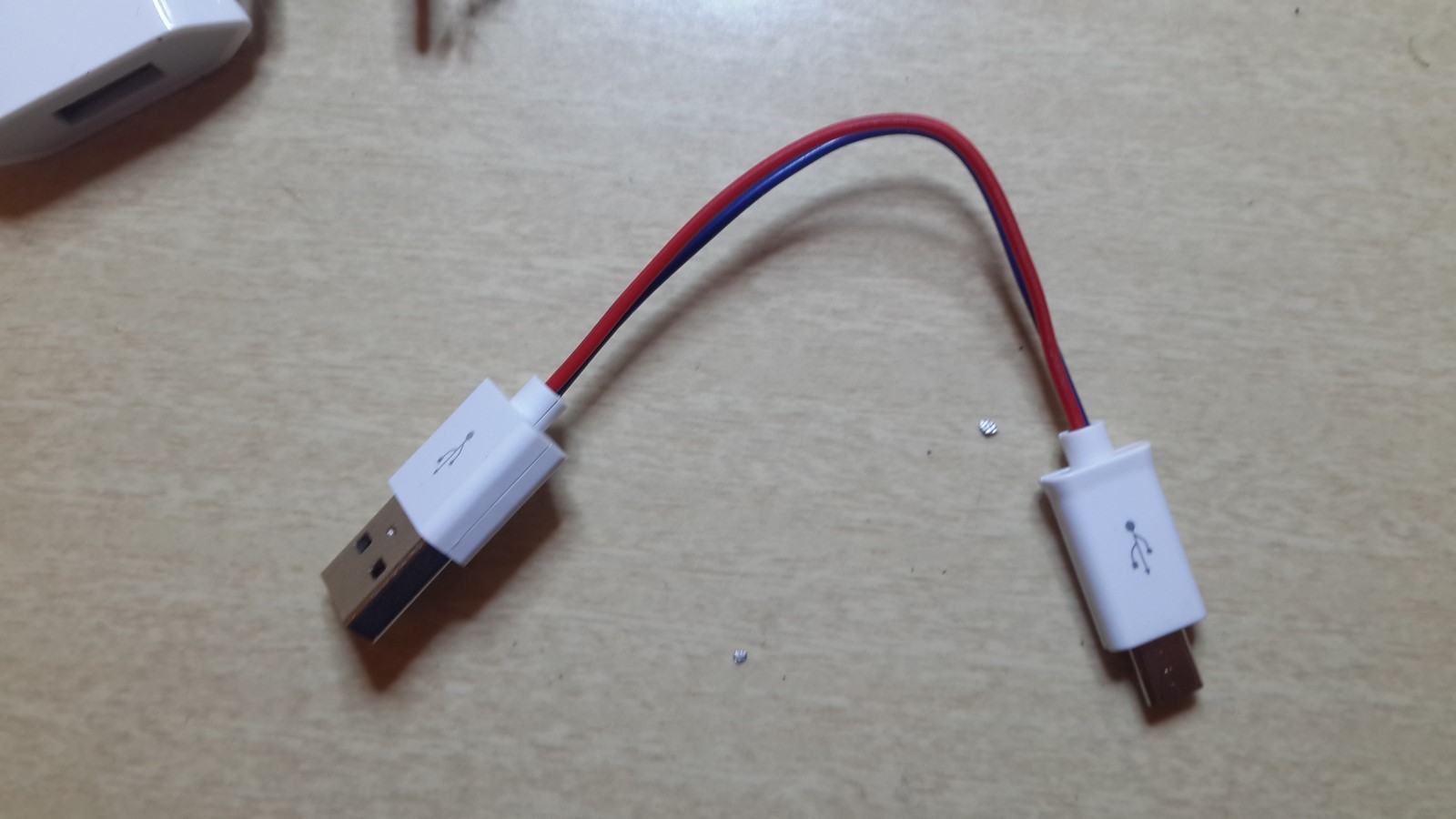
If you want to build your own power bank as well, I suggest using a step down like this one, and connect it to batteries which can deliver high current. Li-ion batteries would be the best choice, this is what you usually have in an average power bank. The step down will make sure you'll get 5V on the USB socket, therefore you'll be able to connect many batteries as you like as input (as long the step down supports their voltage) and charge your phone faster than ever!
Conclusion
I summarized a few tips for building a fast charger:
- Power source has to have voltage of 5V exactly (4.75-5.25 probably will be fine as well). Less voltage will not work, more voltage will damage the phone.
- The more current the power source can give the better. No need to be afraid of "too much current". The battery charge controller will draw what it needs.
- Data pins (pins 2,3) should be short-circuit. It can be done on the power source, or on the cable itself, as long as the battery charge controller will get the same voltage from these two pins.
- The USB cable wires should be not too thin, not too long, and of good quality which will allowed high current to pass through them.
Some brands of smartphones need also certain resistors to be connected between the 5V/GND and the data pins. Here's my list so far:
- Samsung Galaxy S2,S3 - Do not need resistors.
- Samsung Galaxy S4, Nexus 4 - Pullup: 33KOhm to 5v, Pulldown: 10KOhm to GND.
- Apple products - Never tried, but here's a good link for that
I'll keep this list updated if I discover new information. If you know have anything to add let me know.
AA